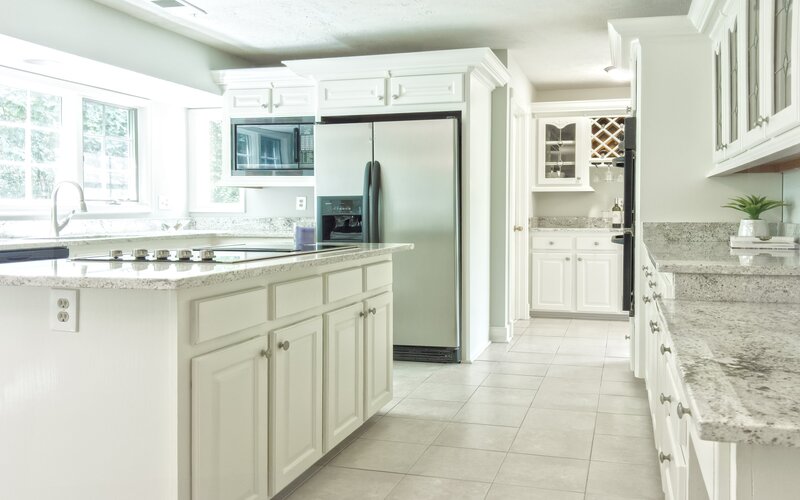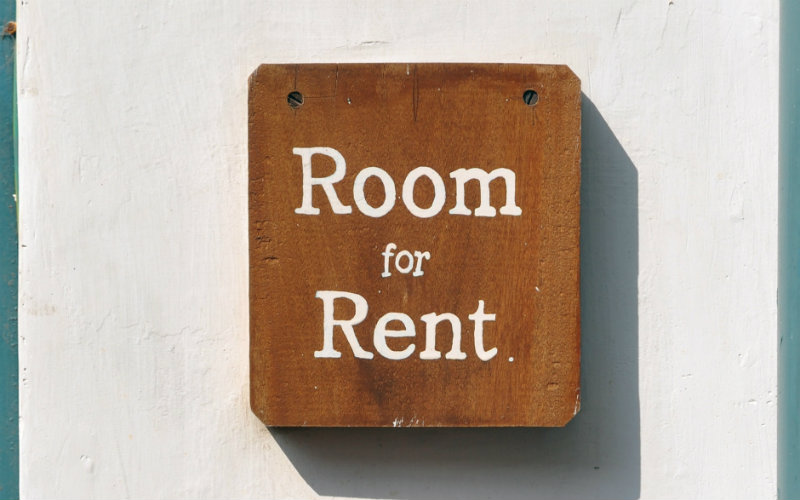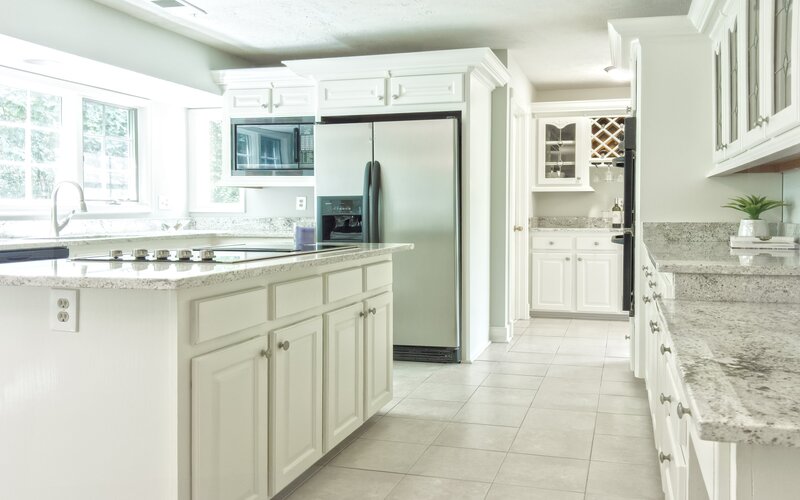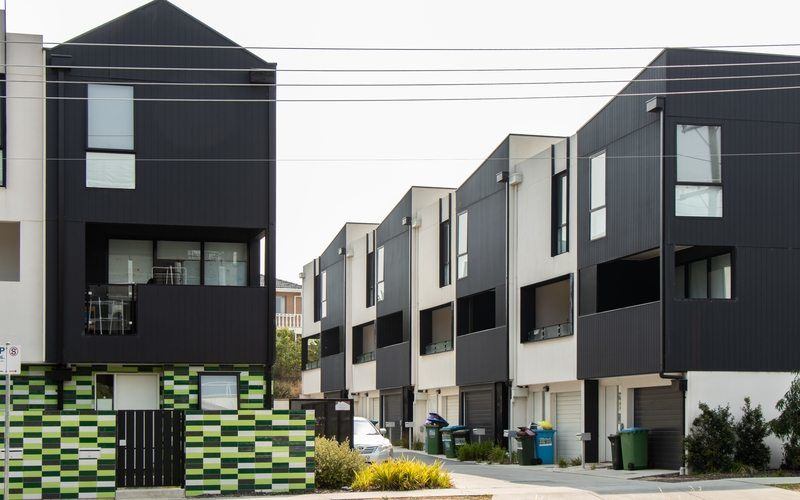With the average home value in the capital cities over $600,000, it might seem like investing in a whole property is a pipedream for an increasing number of people. However, what if you could invest in part of a property? The investment works similar to purchasing a whole house or apartment, but could be an easier way to get your ‘foot in the door’. It’s called fragmented or fractional property investing, and there’s a few ways to do it.
What is fractional or fragmented property investing?
Fractional or fragmented property investing allows you to invest smaller amounts of money in property. The theory is that you get your foot on the property investment ladder sooner, without having to save up for a house deposit, while also reaping the returns of property, which is generally seen as a relatively ‘safe’ investment class compared to other assets like shares.
Some platforms that facilitate micro property investing in Australia include BrickX, Domacom, TicX, and Bricklet.
While they might seem the same, there is actually a slight difference between fragmented vs fractional property investing.
-
Fragmented: Fragmented property investment comes with a land title and investors are true owners of the property, just owning a portion of it.
-
Fractional: Investors often do not hold title to the property. Instead, it works like a ‘mezzanine structure’, where a company or trust is created that holds the property, and investors then invest in the company or trust.
A real estate financing source told Savings.com.au that fractional property investment could carry additional risks.
“If the company managing the fractional property investment ceases to exist, you may not be able to recover your investment as you do not have title rights,” they said.
“And, it [fragmented investing] avoids complex legal battles as you independently own that part of the property.”
However, as fractional investing is essentially investing in a holding company, the minimum amount required to invest might be smaller. One isn’t necessarily better than the other, however, as it depends on your goals and investment amount.
See Also: Should you buy a property with family or friends?
How is it different to a timeshare?
Timeshares feel like such a '1990s thing', and it could be easy to mistake fragmented property investing as buying into a timeshare. However, they are very different.
Bricklet CEO Darren Younger explains the main differences (in Bricklet’s case, anyway):
“Unlike timeshare, all individuals independently part-own their part of the property, with the property being broken down into 'fragments' and each owner being registered on the Torrens Land Title. This means property investors can buy and sell their fragments when they please without impacting the owner-occupier.”
Additionally, timeshares are also primarily focused on holiday destinations, with the intention of the owners booking out a period in advance to use that property. With fragmented property, the intention is primarily as an investment, and you’re not limited to holiday hotspots.
Timeshares can also prove difficult to sell (you may even be forced to sell at a steep loss) as they are generally more inflexible about how you can use the property. Selling your part of the timeshare may also ‘upset the apple cart’, and requires approval from the other owners, which could amount to 20 or more parties.
Can I get a home loan for a fragmented property?
Here’s the main hurdle - even though fragmented or fractional property could be much cheaper than investing in a whole house, the investment could still amount to thousands of dollars.
However, many mortgage lenders' minimum loan amounts are anywhere from $20,000 to $100,000, and often require a land title to change hands, among other lending criteria, hence the term ‘real estate’.
Some lenders also offer property share loans, however fragmented types might not be eligible.
This may make some fractional platforms ineligible for a traditional home loan. This is where other loan types may step in. One such lender to offer loans specifically for fragmented property is Maleny Credit Union. This loan, however, is an unsecured personal loan that, at the time of writing, has an interest rate of 7.5% p.a.
This interest rate is currently about five percentage points higher than some of the more competitive variable home loans. This could mean on a $25,000 loan, you’d be paying around $5,000 in interest over a five year term, which could nullify the gains you made via property investment in the first place.
Fragmented & Fractional Property Investing Platforms Compared
We’ll be comparing four main players in the Australian market - BrickX, Domacom, TicX, and Bricklet - with information correct at writing in August 2020.
|
Platform |
Fees |
Minimum Investment |
Fragmented or Fractional? |
|---|---|---|---|
|
BrickX |
0.5% transaction fee per brick sold/bought, 6% monthly fee deducted from gross rental income, monthly fee of $0.0075 per Brick |
$50 |
Fractional |
|
Domacom |
0.88% annual management fee (plus additional costs) |
1% of units in a property ‘sub-fund’ |
Fractional |
|
TicX |
$550 annual fee |
10% of property price |
Fragmented |
|
Bricklet |
Purchase fee of 6% of fragment price (inc. stamp duty & conveyancing) |
Typically 5% of property price |
Fragmented |
As you can see, the main difference lies in whether you hold the land title or not i.e. fractional vs fragmented. If you hold the land title, you’ll likely be subject to stamp duty and other fees associated with properties.
However, property fees such as stamp duty and conveyancing might be conveniently bundled up into the platform’s fee.
This differs from fractional investments, where there might not be any direct stamp duty, but such costs could be baked into the fees. Additionally, like with any investment class, you’ll likely be subject to capital gains tax should you decide to sell your investment and have made a profit.
Is fractional or fragmented property investment worth it?
This is a broad question, and depends on whether you invest in fractional or fragmented property, and your own personal circumstances. Experts say that it involves research, research, research.
Consider the fees
Founder of Reventon Finance Billie Christofi told Savings.com.au these types of investments could offer a good foot in the door into the property market, but people should be wary of fees.
“One thing to be wary of are the fees associated with the organisation you're purchasing through. This, combined with a higher interest rate, can potentially eat into a big chunk of your capital gain,” Ms Christofi said.
Consider the returns
Speaking of returns, SQM Research indicated that up until 11 August 2020, housing values in the capital cities gained 6.2% in 12 months. Note, this is for housing stock - apartments floundered in the same time frame, and performance was spottier in the regions.
With a 6.2% return, a fee of up to 6%, and a high-interest loan, you could realistically be losing money in your first year of ownership. Of course, past performance is not an indicator of future performance - no one really has a crystal ball to see what property prices will do in one, five, ten, or twenty years from now.
Consider the types of property
Director of Unicorn Buyers Agents Daniel Sofo says potential investors will need to do their due diligence into what properties they invest in.
“After investigation I do think fractional ownership is good in theory and worthwhile considering, if the platforms offer access to quality established - or boutique new build - property rather than generic apartments,” he told Savings.com.au.
“Platforms seem to currently focus on new generic development, which I can never recommend buying, and buyers should understand how a middleman, such as BrickX, can sell property at or below market whilst pricing in their fees for what is not an inconsiderable amount of work.”
A quick scan of the investment platforms shows that much of the stock available is apartments and units in capital cities. According to SQM Research, in the 12 months up to 11 August, units in the capital cities actually lost 0.3% of their value.
Consider the liquidity or flexibility
‘Liquidity’ in investing generally refers to how easy it is to convert an asset into cash - not how much it gets rained on! This can be very important in the world of investing - shares are generally considered a pretty liquid asset, as it doesn’t take much effort, time or cost to sell them.
-
Property is generally considered ‘illiquid’ because of the hurdles to sell it. Think of stamp duty payable, conveyancing fees, time on market and so on.
-
The trade-off with property is historically it’s been regarded as tangible, reliable and relatively safe investment for a whole lot of money.
With fragmented property platforms, this is nullified somewhat as the middleman often does a lot of the work for you. With fractional investing (e.g. BrickX, Domacom) the process is aimed to be simplified even further, by ‘sharifying’ property investment. The trade-off is, however, you’re not actually a title holder, and instead just investing in a unit trust. In the world of fractional or fragmented property investment, liquidity and convenience may come at a price.
‘A sign of the times’
Ms Christofi said the popularity of such platforms has been driven by Australia’s high property prices.
“Property is the most common investment strategy for Australians,” she said.
“I think the introduction of fractional property reflects the importance of Australians' ability to enter the property market which can be challenging due to our relatively high property prices.
“My first investment property was purchased through a syndicate which is similar, in structure, to a fractional property platform.”
Ms Christofi said there could also be a ‘strength in numbers’ type of strategy at play.
“These types of platforms allow investors to enter the property market without needing to save up for an entire deposit or outlay setup costs,” she said.
“Purchasing property through a group environment can also mitigate one's fear about entering the market for the first time.”
Savings.com.au's two cents
Fractional or fragmented property investment has aimed to make investing in Australian property easier in two ways. First, with Australia’s high property prices, it breaks down properties into more bite-sized chunks. And second, it aims to make the hurdles of property transactions easier, while also increasing the ‘liquidity’ of property investing.
However, there’s also a few considerations. First is to consider the fees and the performance. The platform may be convenient, but the fees could be high enough - especially if you have a loan for the investment as well - to outweigh the gains made on the property in the first year or more.
Second is the market. Like any investment, it comes with risks. While property is seen as ‘safe’, this could change at any time. In the past year or so, apartments have performed worse than houses.
And third, consider whether the platform actually allows you to hold official ownership in the property i.e. have a land title. While having a land title means you’re actually a property holder, not having one could make your investment more akin to buying and selling shares.
Overall, fractional or fragmented property investing could be worth it for some - just make sure you research, and be aware that convenience often comes at a price.

Ready, Set, Buy!
Learn everything you need to know about buying property – from choosing the right property and home loan, to the purchasing process, tips to save money and more!
With bonus Q&A sheet and Crossword!
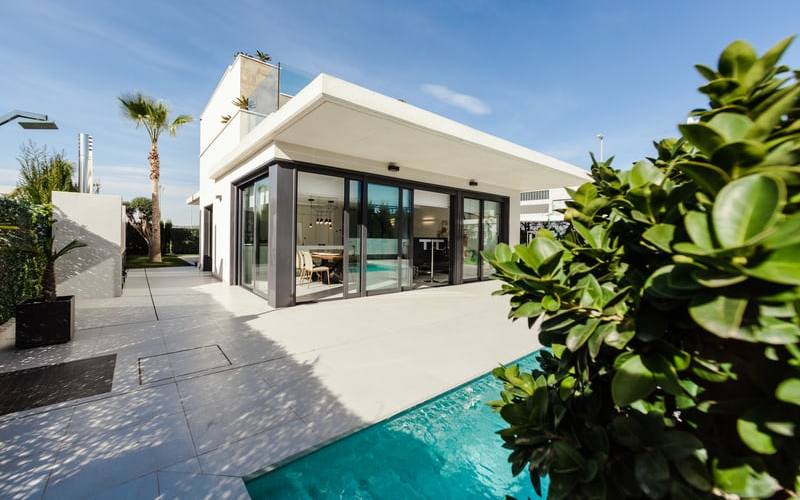
.jpg)

 Harry O'Sullivan
Harry O'Sullivan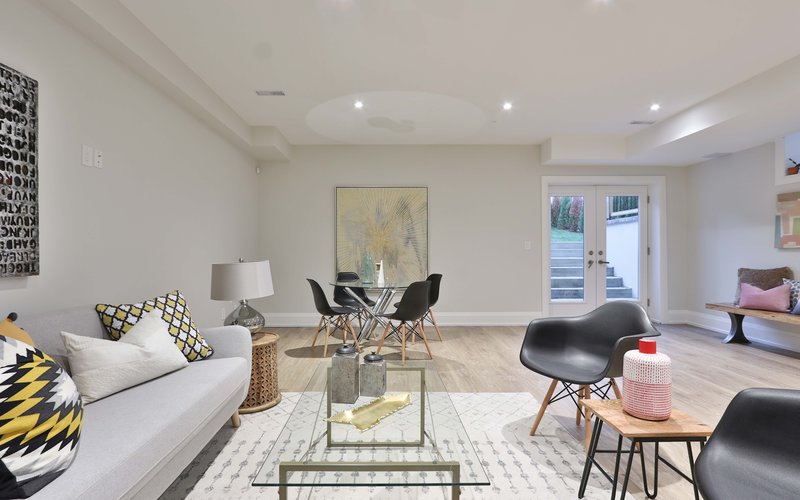
 Alex Brewster
Alex Brewster